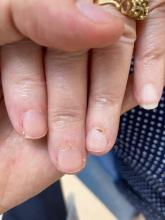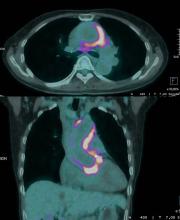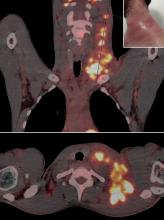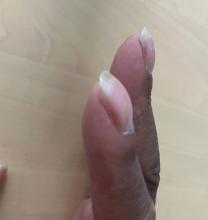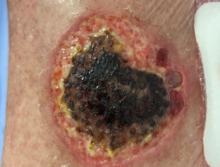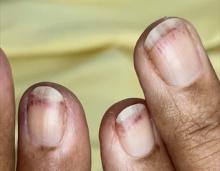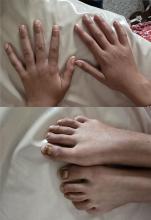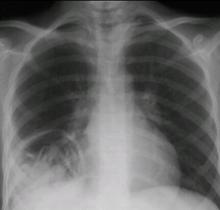Veuillez lire l’article suivant : Hoffman JJ, Yadav R, Sanyam SD, et al. Topical Chlorhexidine 0.2% versus Topical Natamycin 5% for the Treatment of Fungal Keratitis in Nepal. Ophtalmol 2022;129(5):530-41.
Question 1 - Cochez la ou les réponse(s) correcte(s) concernant les traitements de la kératite fongique (FK) selon l’article :
"The preferred treatment for FK is topical natamycin 5% based on the results of the Mycotic Ulcer Treatment Trials (MUTT)".
La chlorhexidine est considérée comme une alternative potentiellement non inférieure mais pas comme traitement de première intention.
"Natamycin is not available in most countries in sub-Saharan Africa".
"Approximately one quarter of patients continue to progress to corneal perforation and ultimately blindness or evisceration/enucleation".
"It is relatively expensive and difficult to formulate".


